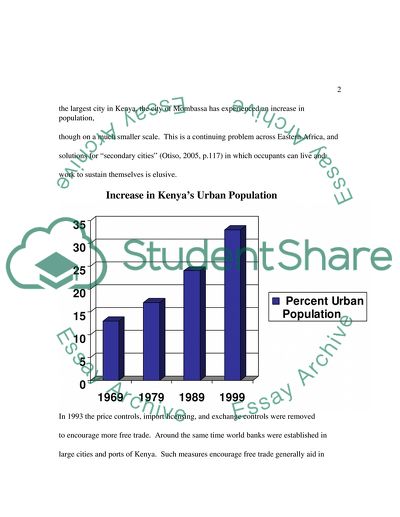Cite this document
(“Economy - Market structure & Macroeconomy Essay”, n.d.)
Retrieved from https://studentshare.org/macro-microeconomics/1537468-economy-market-structure-macroeconomy
Retrieved from https://studentshare.org/macro-microeconomics/1537468-economy-market-structure-macroeconomy
(Economy - Market Structure & Macroeconomy Essay)
https://studentshare.org/macro-microeconomics/1537468-economy-market-structure-macroeconomy.
https://studentshare.org/macro-microeconomics/1537468-economy-market-structure-macroeconomy.
“Economy - Market Structure & Macroeconomy Essay”, n.d. https://studentshare.org/macro-microeconomics/1537468-economy-market-structure-macroeconomy.


